Scott Gold, Head of Sales, Americas
The TRADE catches up with Scott Gold, head of sales, Americas at BidFX at the TradeTech FX US conference in Miami, to unpack the challenges facing asset managers when it comes to pre-funding accounts, the untapped potential of technological innovation to ease trader workloads, and how the buy-side can best leverage data capabilities.
What strategies are asset managers employing to pre-fund accounts and what are the associated challenges and costs?
It differs. I would say there’s three levels of worriedness so to speak – firstly Asia, Asia-Pacific and Australia who as a region are the most worried because it typically has never had a presence in the US time zone. Following that is Europe and the Middle East where some of have US offices and some don’t, which equates to a middle-tier worry. Finally, there’s the US asset managers, who are probably the most equipped to handle it, but still need to put processes in place and probably take a review of their tech stack to see how to make it most efficient.
In terms of pre-funding, estimates are around 80% which can be done pre-funded because of all the equity and fixed income flow. You’ll never know the exact amounts which leaves the extra 20% as just an estimate. If it ends up being closer to 70 to 75% then there’s more on the true upside. That’s a lot of the volume that has to be done between 4 and 6 pm in the US. Currently it’s only around 0.6% of all volume which gets done in that gap so it’s very, very illiquid and spreads are wider. Most of it is due to the fact that there’s no global markets open at the time so there’s just not a lot of activity. The banks are hesitant to skew or show aggressive skews so it’ll be interesting to see how the trading works out.
We have working groups of buy-side asset managers that are talking to each other but I haven’t heard much consensus or solutions yet. May is rapidly approaching and a lot of firms are having to figure it out on the fly. I know some have started to look into opening up US offices and gone down that route but I do think that the majority of people are still trying to figure out the best way to do things.
Is there a need for overnight trading and shifts in work schedules due to the unpredictability of FX exposures, particularly for asset managers with non-USD funds across Asia?
It’s going to be a challenge. I think the best route in the medium to long term, which might take some time, is for these players to set up and really take a hard look at the tech stack that they deploy and move more towards the automation route. This will limit the need to have too many staff working odd hours or even being based in the US. If they have the right tools from the order management system down to the execution management system that can help. What we do on our side is provide data on current spare spread sizes and identify liquid times of the day for the pre-funding they can have. If their OMS or position management system can push the trades that need to be done out to an execution system that can automatically send them to the market – with rules around when it should execute – that could be very helpful because it will take the need away from someone having to sit there and manually go through it.
In addition, related to overnight trading, is mobile trading. It’s something that we alongside several other execution platforms have and something the real money community previously has never taken to because everything needs to be solicited to ensure they’re not just trading on a whim. We hear a lot of people are now interested in accessing the mobile app for a view-only or view and cancel. So, if they do go down the route of automation, they can at least – instead of having to wake up at midnight or the middle of the night and log into a computer VPN – look at their phone and make sure the orders are in a working state or an executed state at a quick glance. This means users can identify problems a lot quicker or even just ensure peace of mind that everything is working as it should.
We are hearing that the asset management community had not realised this was something that was even available. It’s a good tool that can be used to mitigate stress. If everyone’s waking up in the middle of the night and there’s a lot of things going on, it’s not great for morale so this can make that the traders lives a lot easier. That’s why I think doing a review of the tech stack is going to be very important. To make sure the market has the right tools in place to tackle situations, in the medium to long term.
Going forward, what role will technology play in this space?
I think having good data is going to be key. Data can be used in a lot of ways and what we find right now is that a lot of the data that people are using are indicative prices or just market data feeds – not tradeable price feeds.
One of the things the buy-side needs to look at is where they’re sourcing their data and how accurate it is, because what happens when you have an FX exposure is you need to know how much to hedge. There are instances where the data that you’re getting is telling you one thing, but then you go to the trader and they tell you that the screen has a much different price.
Getting accurate data, based on tradable price feeds is important especially for the FX exposures and calculating them accurately because it will lead to less back and forth. If the OMS sends the pre-funding – or any type of FX hedging to do – and it’s not accurate then there should be more true up at the end because it’s off.
This article was first published on The TRADE on 16 February 2024.
